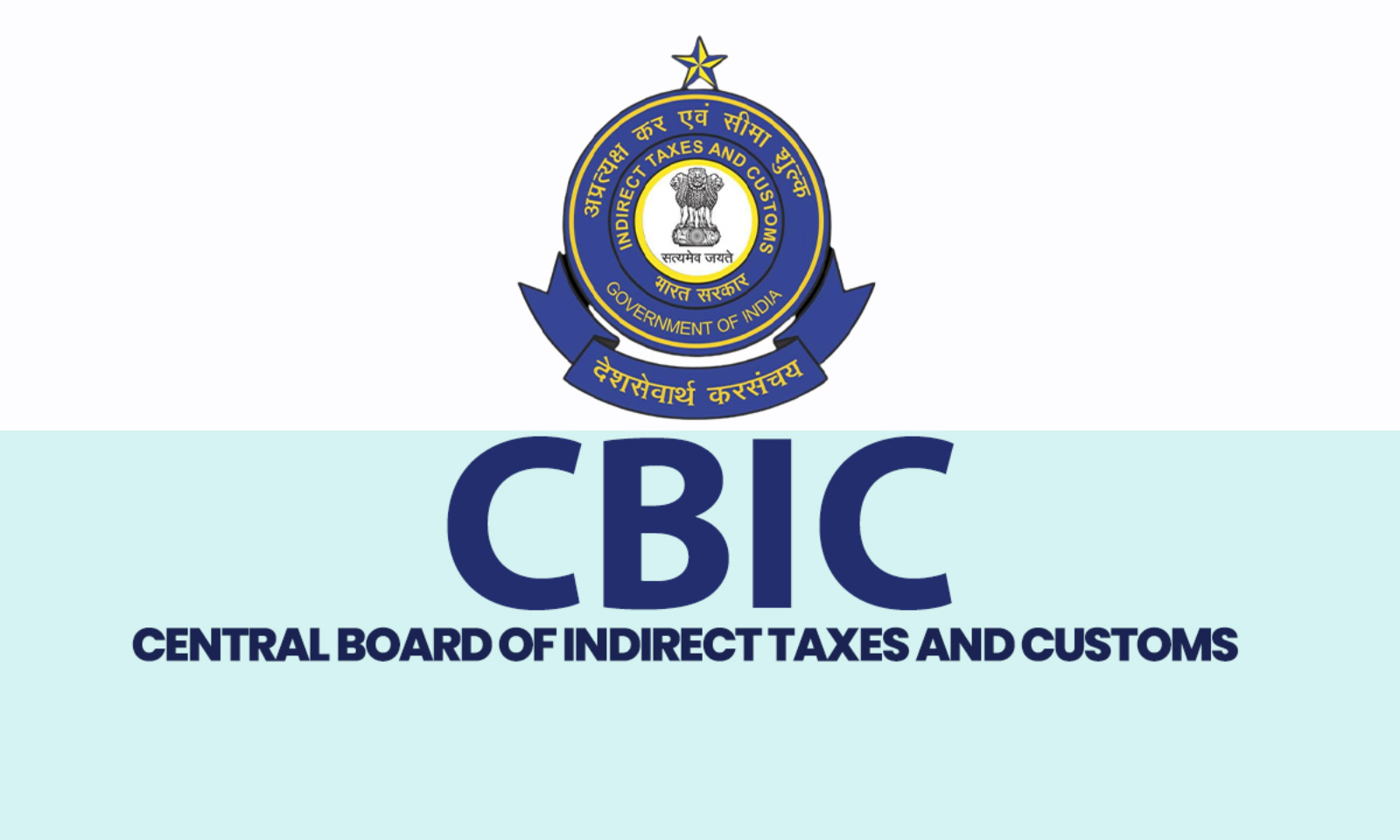Redemption Fine Status Quo Penalty (For Threshold of Monetary Limits) – Customs
 |
| As per Circular the redemption fine shall also be treated like the penalty for the purpose of monetary limits of appeal by revenue as per circular dated 17.8.2011 |
CBEC vide F.No.390/Misc./163/2010-JC dated 3rd June,2013 has clarified
Stay updated! Join our Email Newsletter for exclusive Articles, updates, and announcements.
Join our Email Newsletter“even though redemption fine cannot be said to be covered under the word ‘penalty’ the treatment given to both redemption fine and penalty is required to be identical and hence, redemption fine and penalty would need to be clubbed to decide the applicability of threshold limit prescribed.”
Full Text of the Circular and base circular dated 17th August,2011 which set the monetary limits for revenue appeals is as reproduced below.
Sub:- Reduction of Government litigation – providing monetary limits for filing appeals by the Department before CESTAT/High Courts and Supreme court – Regarding
I am directed to refer to Instruction of even number dated 17.8.2011 on the captioned subject.
Reference has been received regarding the application of the threshold limit prescribed vide Instruction ibid to cases where either redemption fine alone is in dispute or both redemption fine and penalty are in dispute.
For example, in one case the Tribunal confirmed the duty but set aside the penalty ofRs. 5 lakhs and redemption fine of Rs. 15 lakhs imposed by the adjudicating authority. As the Instruction ibid did not specifically mention about redemption fine a clarification has been sought whether the word “penalty” mentioned in para 2 of the Instruction ibid would include redemption fine or otherwise.
The matter has been examined. Redemption fine is an option in the hand of the owner of goods to redeem goods confiscated by the department for violation of any provisions of the Customs Act. On the other hand, penalty is imposed on any person who violates the provisions of the Customs Act while importing or exporting the goods out of India. Therefore, the nature and scope of penalty is different from that of the redemption fine.
While penalty is in persona, redemption fine is on goods. However, both redemption fine and penalty are imposed for violations of the statutory provisions. Therefore, even though redemption fine cannot be said to be covered under the word ‘penalty’ the treatment given to both redemption fine and penalty is required to be identical and hence, redemption fine and penalty would need to be clubbed to decide the applicability of threshold limit prescribed.
Accordingly, it is clarified that if the imposition of redemption fine alone is the subject matter of dispute, and if such redemption fine exceeds the monetary limits prescribed, then the matter could be litigated further in Courts and Tribunal. Further, if both the amount of redemption fine and penalty are in dispute and if such redemption fine and penalty is in dispute, taken together, exceed the prescribed monetary limit then the matter should be litigated further.
Instruction ibid stands suitably modified.
This issues with the approval of Chairperson (CBEC).
F.No.390/Misc./163/2010-JC dated 3rd June, 2013
—
Sub:- Reduction of Government litigation – providing monetary limits for filing appeals by the Department before CESTAT/High Courts and Supreme court – Regarding
In exercise of the powers conferred by Section 35R of the Central Excise Act, 1944 made applicable to Service Tax vide Section 83 of the Finance Act,1994 and Section 131BA of the Customs Act, 1962 the Central Board of Excise & Customs (hereinafter referred to as the Board) fixes the following monetary limits below which appeal shall not be filed in the Tribunal, High Court and the Supreme Court:
|
Sl.No.
|
Appellate Forum
|
Monetary limit |
|
1.
|
CESTAT
|
Rs. 5,00,000/- |
|
2.
|
HIGH COURTS
|
Rs. 10,00,000/- |
|
3.
|
SUPREME COURT
|
Rs. 25,00,000/- |
2. For ascertaining whether a matter would be covered within or without the aforementioned limits, the determinative element would be duty/tax under dispute. To illustrate it further in a case involving duty of Rs. 5 lakhs or below with equal penalty and interest, as the case may be, no appeal shall be filed in the Tribunal. Similarly, no appeal shall be filed in the High Courts if the duty involved does not exceed Rs. 10 lakhs with or without penalty and interest. Further, the Commissionerates shall not send proposal to the Board for filing Civil Appeal or Special Leave Petition in the Supreme Court in a case involving duty up to Rs. 25 lakhs, whether with penalty and interest or otherwise. However, where the imposition of penalty is the subject matter of dispute and the said penalty exceeds the limit prescribed, then the matter could be litigated further.
Similarly, where the subject matter of dispute is the demand of interest and the amount of interest exceeds the prescribed limit, then the matter may require further litigation.
3. Adverse judgments relating to the following should be contested irrespective of the amount involved:
a) Where the constitutional validity of the provisions of an Act or Rule is under challenge.
b) Where Notification/ Instruction/ Order or Circular has been held illegal or ultra vires
4. Several queries connected with application of monetary limits have been raised by the field formations which were considered by the Board and are being clarified as below:-
| Issues | Clarifications |
| a) Whether duty involved mentioned in the Instruction dated 20.10.2010 refers to duty outstanding to be collected or the total duty demanded for deciding the threshold limit prescribed therein. | In a case where a part of the duty demanded is not disputed and is paid and the outstanding duty under dispute is less than the monetary limit prescribed by the Board, no appeal shall be filed. In other words, monetary limit shall apply on the disputed duty and not on the total duty demanded in a case. |
| b) Whether monetary limits would apply to cases of refund. | It is clarified that the monetary limits being prescribed by the Board would apply to cases of refund as well. |
| c) Whether applications being filed by the Department before office of Joint Secretary (Revision Application) would also be covered under the stipulation of monetary limits. | The limit specified herein will not be applicable to application filed before the Joint Secretary (Revision Application). |
| d) Whether exclusion of audit objections mentioned in para 6(c) of Instruction dated 20.10.2010 would cover internal audit objection cases also or whether they would be limited to cases of revenue audit alone. | The intention was to apply the exclusion clause mentioned at para 6(c) only to disputes arising out of revenue audit objections accepted by the Department. It has now been decided to delete the said exclusion clause (refer para 3 of this Instruction). Therefore, in all cases of audit objections accepted by the Department, while protective demands may continue to be issued but the same would be subjected to the monetary limits for filing appeal in the Tribunal, High Courts and the Supreme Court. |
5. The revised monetary limits shall come into force from 1.9.2011.
6. This Instruction is in continuation of earlier Instruction of even number dated 20.10.2010 and seeks to revise the monetary limits, exclusion clauses and clarifies the doubts raised by the field formations on this issue.
F.No.390/Misc./163/2010-JC dated 17th August 2011
Note : As a part of Our Quality Policy , We Don’t Publish any Restricted Material on our Website . If you have issues kindly let us know here
Related Tags Circulars, Customs, Indirect Taxes, News
Stay updated! Join our Email Newsletter for exclusive Articles, updates, and announcements.
Join our Email Newsletter


















